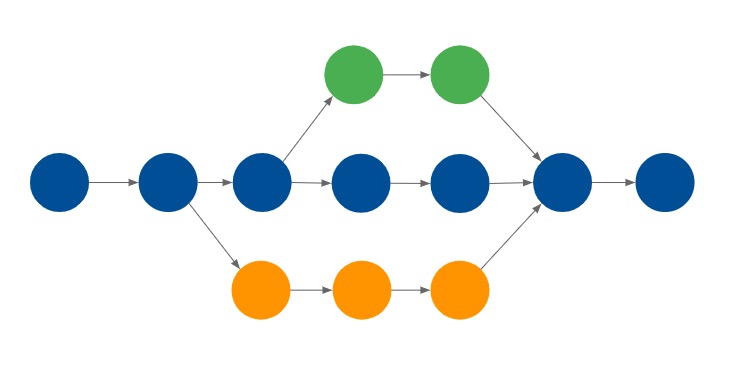
Do you remember discussions about true and fake clouds few years ago? It was a trend among PLM and ERP vendors trying to prove that “my cloud” is the best one. Want to get back and read some of these stories? Here are few links on old posts from me and some PLM vendors. Once the dust settled, we can see a diversity of needs, solutions and benefits.
My attention was caught by another notion of “fake” debates in the industry. Now it is between CAD vendors discussing new “branch and merge” data management mechanism. Onshape blog – Don’t be fooled by fake “branching & merging” . Onshape was pioneering the idea of branch & merge in CAD leveraging their own data management and PDM features.
Quick video demonstrating Onsahpe branch and merge is below.
Solidworks 2018 came up the fight announcing Branch & Merge functionality in their coming update of Solidworks PDM 2018. Navigate to the following link in Solidworks 2018 docs and read more about Solidworks 2018 Branching and Merging.
The following video can give you an idea of how Solidworks 2018 branch and merge works.
I’m not sure, there is a conflict here. The discussion about branch and merge made me think about data granularity. In software configuration management “branching” is one of the standards operations. As a software engineer, you’re branching and merging your code many times. However, in PDM it was not a case. And the main reason was related to the nature of CAD files. Read my earlier blog – CAD files: Root cause of PDM nightmares. Files and operations on files are creating a huge challenge to PDM developers, which made branch and merge operation somewhat unpopular and sometimes impossible.
From that standpoint Solidworks is probably doing a good job automating some file operations by helping users to copy and replace correct CAD files to working folders. There is nothing wrong with that, because if you want to ‘branch’ your design in Solidworks, the problem of copy files and preserving right copies is not a simple one. But files are remaining PDM killer and therefore Onshape is capable to do something even more because Onshape doesn’t have this file limitation. Onshape branch and merge is going even deeper in the model and allows you to combine features and operations on the level of microversions.
What is my conclusion? I’m not sure, branch and merge functionality has clear definition. Based on software best practice you can expect merge to be very granular like Onshape does. However, from pure PDM standpoint, file is the most granular level PDM is capable to manage. The devil is in details and in what functionality is needed for user. Marketing will do their job and will help us to clarify what are differences between both options. And CAD companies will keep their innovative development to bring the best solution to customers. Just my thoughts…
Best, Oleg
Want to learn more about PLM? Check out my new PLM Book website.
Disclaimer: I’m co-founder and CEO of OpenBOM developing cloud based bill of materials and inventory management tool for manufacturing companies, hardware startups and supply chain. My opinion can be unintentionally biased.
The post “Branch & merge” debates and PDM granularity appeared first on Beyond PLM (Product Lifecycle Management) Blog.





Be the first to post a comment.